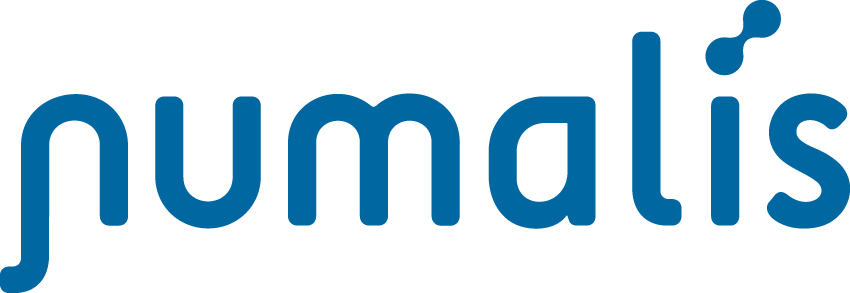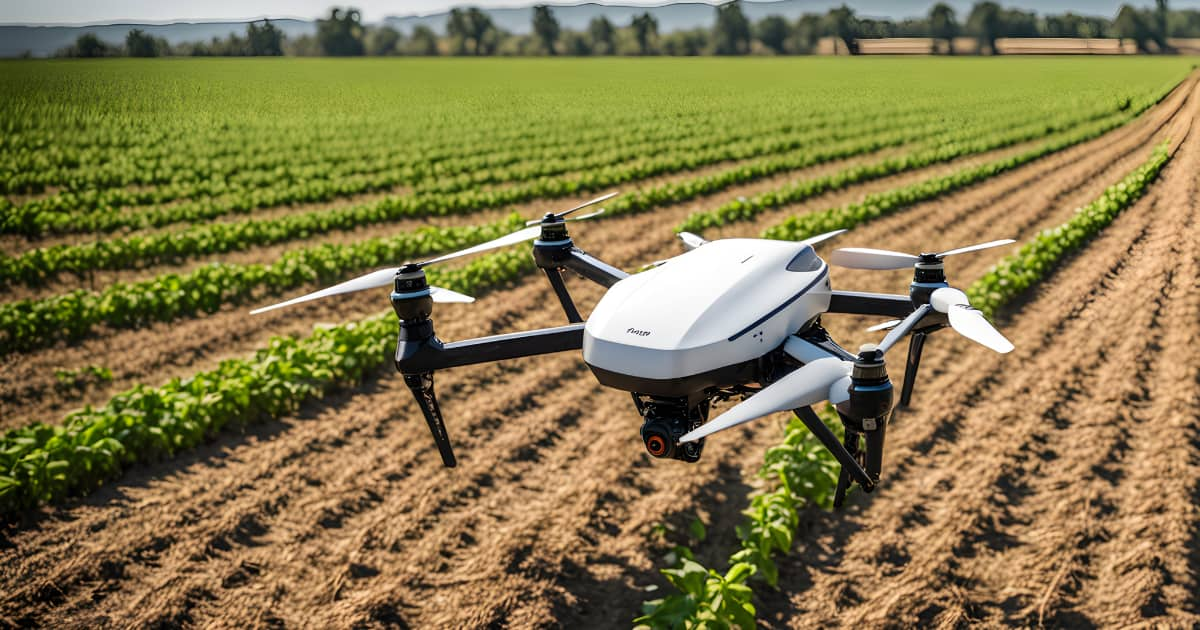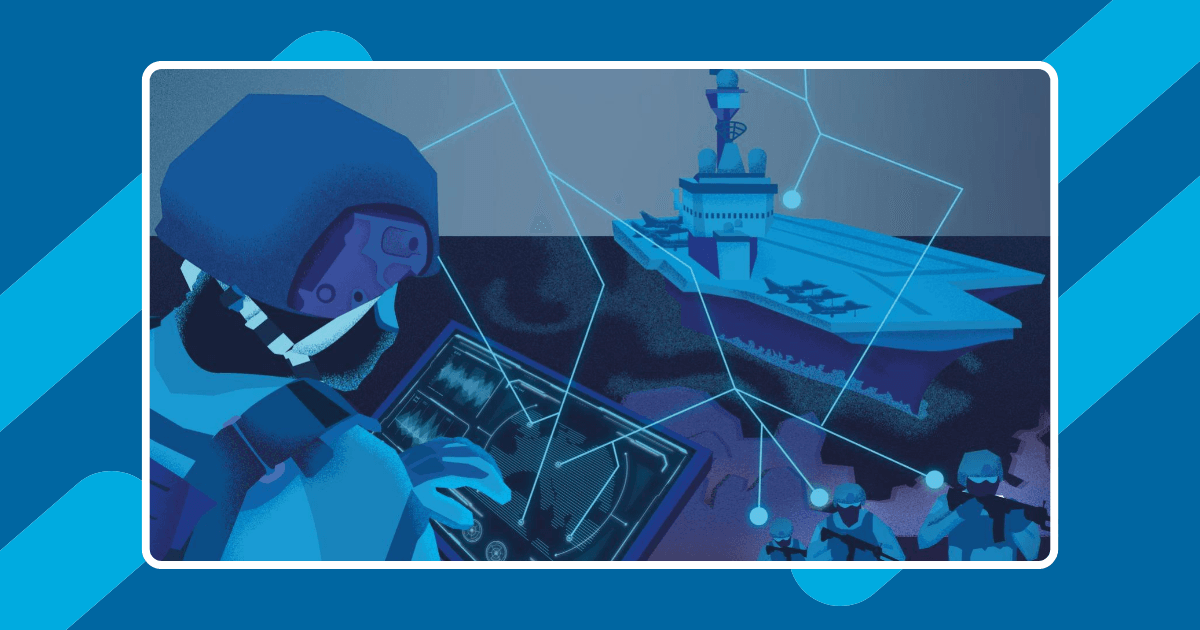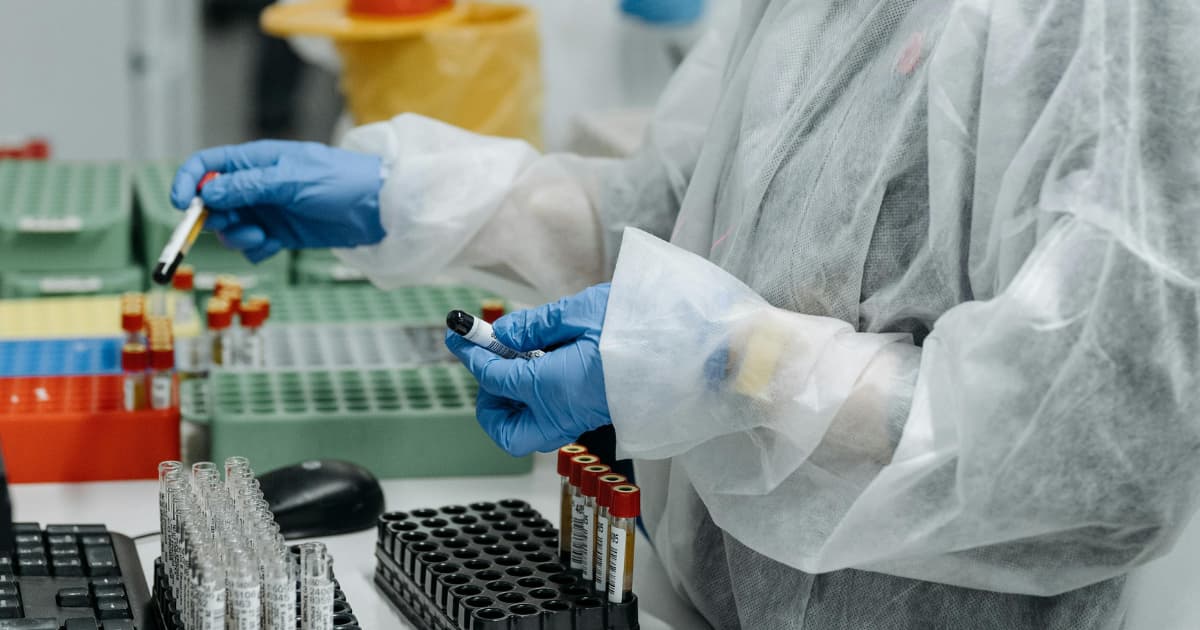AI techniques hold promise for accelerating drug development, but they are not without problems.
Develop a medicine: a long and expensive process
Currently, without artificial intelligence, the estimated average time from discovery to launch of a molecule is ten to twelve years1 and the average cost of bringing a new molecule to market has risen sharply (total capitalized costs were found to have increased at a real annual rate of 8.5%).
According to one study, this increase may be linked to increased failure-to-market rates, possibly linked to an increasingly risk-averse stance by regulatory authorities2. To make matters worse, patents for therapeutic compounds are only protected for 20 years. This means that companies only have at best ten years to exploit the exclusivity offered by the patent to market their product. After this period, generic versions can be produced by competitors.
Having AI algorithms capable of helping researchers to quickly find the least expensive genetic sequences could therefore make it possible to reduce the research and development time for drugs and make the process more profitable.
AI in pharmaceutical industry
The length of the drug development process is explained by the number of successive steps that researchers must perform. This includes the identification and validation of the therapeutic target (often a protein). But also the screening of compounds, which is the phase of preselecting molecules that show promising activities on the target during multiple systematic trials. Finally, there is the preclinical and clinical development of the future drug.
In the drug design process, AI can then help predict the molecular structure of the target protein and the interaction between the drug candidate and the protein.
In addition, in the case of drug screening, which is the process by which potential drugs are identified and then optimized for clinical trials, AI is used to predict the level of toxicity, bioactivity and chemical properties of the drug candidate.
COVID-19’s urgency
The interest of AI was demonstrated during the rapid spread of Covid-19. This forced the medical world to urgently develop an effective drug against this new threat. Faced with a relatively unknown virus, several teams used Machine Learning or Deep Learning techniques to quickly identify new candidate drugs.
One example is Iktos, which has partnered with SRI International to discover new compounds against several viruses, including SARS-CoV-2. Thus, the company has developed “generative models” (based on Deep Learning) associated with the synthetic chemistry platform of the SRI. On the one hand their AI solutions help determine a candidate chemical structure for a specific biological activity. And on the other hand, the SRI platform automatically synthesizes this molecular structure (following synthesis schemes optimized by another AI).
To go further in your discovery, here is a small list provided by the National Library of Medicine of examples of AI used in this field3.
Challenges still present
Explainability
The high level of computation that AI algorithms can achieve is often at the cost of a limited understanding of the models (black box phenomenon). The problem of explicability is critical, particularly in the field of medicinal chemistry. Indeed, current development methods are explainable and based on justifiable mathematical and biochemical processes. Thus, explainable AI (XAI) models are needed and are being developed for the sector.
But they face specific difficulties. Most XAI approaches are not ready-made solutions because of the multiplicity of possible drug design methods and their justifications. These XAIs must therefore be adapted for each method. Furthermore, to be acceptable, the explanations generated by AI must reflect the level of sophistication of the explanations that a specialist would provide, which is not yet the case today4.
The question of patents
According to the European Patent Office, artificial intelligence falls under the heading of “mathematical methods” and is therefore excluded from patentability (in the same way that it is not possible to patent an equation, for example).
However, the reality is more complex. Thus, an invention relating solely to a mathematical method (for example, solving an equation) is not patentable. Having said that, an innovative process taken as a whole and which includes an algorithmic part (of AI for example), could see its global solution patented and therefore its algorithmic part protected at the same time5.
To avoid these problems, some drug discovery companies rely on trade secret provisions to protect their methods. However, companies that do so cannot benefit from legal protection of their monopoly. Competitors can therefore develop the same technology on their own without being worried. In the end, the question of how to protect the AI or a discovered drug will depend on the strategy used by the company.
Conclusion
The use of artificial intelligence in the field of drug development is a relatively recent and rapidly expanding topic. In this context AI aims to accelerate drug development processes. This has been the case in particular for the design of drugs against Covid-19, which has given more credibility to the integration of this technology in this industry.
However, the use of AI in this field of application is not without its problems. Questions of explainability and patentability remain central. To make models more comprehensible, researchers are now turning to mixed approaches known as XAI (eXplainable Artificial Intelligence). For example, one of the options being explored is to sacrifice the complexity of neural networks in favor of a more explainable and trustworthy model. In doing so, as developments proceed, these new algorithms could enable the medical community to lift the current barriers that are holding back its adoption of AI.
- IA et découverte de médicaments | Deloitte Suisse ↩︎
- Innovation in the pharmaceutical industry: New Estimates of R&D costs ↩︎
- Artificial intelligence in drug discovery and development ↩︎
- Drug discovery with explainable artificial intelligence ↩︎
- AI in drug discovery – technical and IP challenges – Lexology ↩︎







